AI IS HUMAN AFTER ALL by Anna Ridler and Caroline Sinders
Cypress Trees. Image credit: Anna Ridler and Caroline Sinders
AI is Human After All: Cypress Hybrids & Mechanized Cacophonies by Anna Ridler and Caroline Sinders
AI is Human After All was an artistic exploration by Anna Ridler and Caroline Sinders of the hidden human labour involved in creating and deploying AI.
Image credit: Anna Ridler and Caroline Sinders
It responded to the Experiential AI and The New Real artist residency theme of Entanglements – Fair, Moral and Transparent AI, as part of Ars Electronica's European AI Lab. The residency was interruped by the Covid-19 pandemic, and the artists responded with artistic works presenting simulated experiences of nature for audiences during lockdown: Mechanized Cacophonies and Cypress Trees.
Mechanized Cacophonies is one of two artworks commissioned by The New Real for the first AI Art programme of Edinburgh International Festival (2021), and Cypress Trees premiered at Ars Electronica (2021).
We asked...
How can artistic works make visible the hidden human labour in AI, and enable cultural audiences to face the climate crisis when isolated at home?
Mechanized Cacophonies
Mechanized Cacophonies is an interactive online artwork that presents an experience of a natural environment mediated by technology, inspired by Anna Ridler and Caroline Sinders' experiences of lockdown. It is one of two artworks commissioned and presented at Edinburgh International Festival to launch The New Real. Experience at home on multiple devices a beach scene and waves crashing on a shore generated by AI. The artists, working remotely, each captured sounds from a variety of sources, including field and online recordings of both natural and industrial environments. They then trained a machine learning neural network on the resulting dataset to generate eerie and uncanny soundscapes Interacting with Mechanized Cacophonies is a slow and meditative exercise. The artists recommend opening the website both on mobile and a laptop before clicking and touching the screen. The music will build and change slowly in response. Commissioned and produced by The New Real for the Edinburgh International Festival in 2021.
Cypress Trees
Cypress Trees. Image credit: Anna Ridler and Caroline Sinders.
Cypress Tress is a machine-learning generated moving image piece that reveals the complexity of data sets and raises questions about climate change, deforestation, memory and loss.
Anna Ridler and Caroline Sinders created a special dataset of the Bald Cypress on the gulf coast of the USA, where both have family ties. These trees, which can live thousands of years, are currently considered to be “threatened” by climate change.
Rather than for problem-solving, this human-machine intelligence is applied to produce imagery and gallery installations that represent the ordering of knowledge by AI. The artists in this sense 'perform' a part of the machine learning algorithm. They turn a foundational definition in AI on its head, by the human artist doing a task usually done by the computer and associated with machine intelligence. Developed for the artist residency and presented at Ars Electronica in 2021.
Demystifying AI
The residency highlighted that what we think of as automated intelligence is actually human intelligence at many points in the system. The artists' work helps to make evident the labour involved in ML systems, often performed by so-called click workers, or the call centre workers having to listen to user responses. The way Ridler and Sinders build their own data in a very meticulous and painstaking way points to wider issues of hidden human labour in ML data. It debunks the neat representations of 'autonomous' systems, and by forcing an attention to hidden labour, raises wider questions around human bias and worker exploitation.
Hidden human labour in ML
The artists painstakingly and meticulously develop, label and catalogue bespoke data, and extract patterns from observed data using manual methods in order to make judgements. The two artistic works involve generative networks that produce imagery of a beach or cypress trees. However, the heart of each work is the collection and curation of the datasets that the models require, drawing on the situational, embodied nature of machine learning systems.
Anna Ridler is an artist and researcher who lives and works in London. She is interested in working with collections of information or data, particularly self-generated data sets, to create new and unusual narratives in a variety of mediums, and how new technologies, such as machine learning, can be used in the creative process. Her work has been exhibited widely at cultural institutions worldwide including the Victoria and Albert Museum, Tate Modern, the Barbican Centre, Centre Pompidou, HeK Basel, The Photographers’ Gallery, the ZKM Karlsruhe, and Ars Electronica.
Caroline Sinders is a critical designer and artist. For the past few years, she has been examining the intersections of artificial intelligence, abuse, and politics in digital conversational spaces. She has worked with the United Nations, Amnesty International, IBM Watson and others. Sinders has held fellowships with, amongst others, the Harvard Kennedy School, the Mozilla Foundation, the Sci Art Resonances program with the European Commission. Her work has been featured in Tate Exchange at Tate Modern, Victoria and Albert Museum, MoMA PS1 and others.






